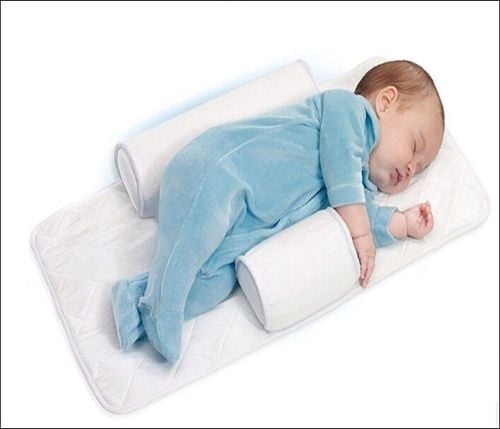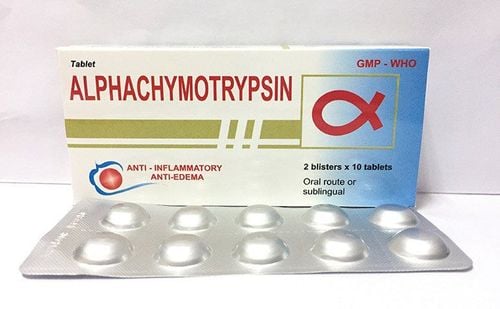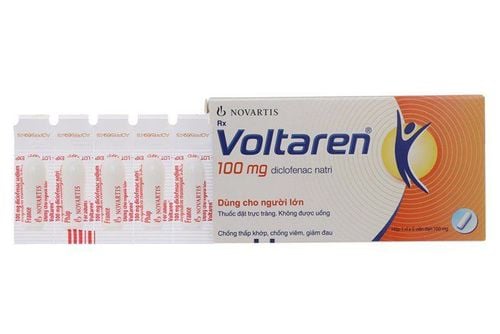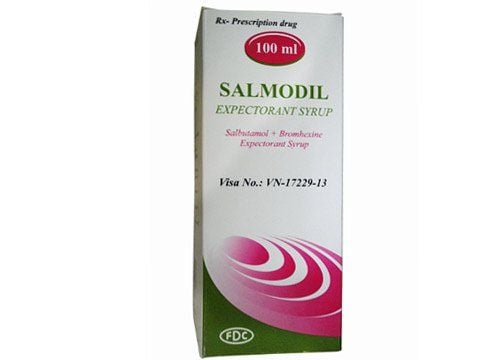Carpal tunnel syndrome (CTS) is a common condition that affects the hands of many breastfeeding mothers. Also known as median nerve compression, this condition causes numbness, tingling, or weakness in the hands. It occurs due to pressure on the median nerve, which runs along the arm and passes through a pathway in the wrist called the carpal tunnel. CTS is commonly observed in women after giving birth. So, how can breastfeeding mothers relieve the pain caused by carpal tunnel syndrome?
In some cases, postpartum women may experience pain and numbness in their hands and fingers. This phenomenon is referred to as carpal tunnel syndrome. CTS commonly develops in the third trimester of pregnancy and typically resolves on its own after delivery. Common symptoms include numbness, tingling, or dull pain in the wrist, pain radiating to the thumb (digit I), index finger (digit II), middle finger (digit III), and the outer half of the ring finger (digit IV), after that pain spreads across the palm and fingers. Notably, these symptoms may become more severe at night, with the pain spreading to the upper arm and forearm. In such cases, the mother’s hands may become weaker, making it difficult to perform tasks requiring hand strength.
1. Causes of Carpal Tunnel Syndrome
Carpal tunnel syndrome (CTS) commonly occurs in individuals who frequently perform wrist movements, experience vibration from handheld tools, suffer from synovial cysts in the wrist, or have fibrosis of the wrist ligaments… It is also associated with conditions like peripheral neuropathy caused by diabetes or chronic alcohol toxicity. The condition may worsen during breastfeeding due to repetitive movements or sustained positions with excessive wrist bending.
Pain and numbness in the hands often begin during pregnancy, typically due to wrist swelling. Anatomically, the median nerve runs through the carpal tunnel alongside the flexor tendons of the fingers. The carpal tunnel is formed by the flexor retinaculum and bordered by the carpal bones. Because it exists within a fixed and inelastic structure, any increase in the volume of the flexor tendons due to inflammation or repetitive flexion and extension of the wrist can exert pressure on small blood vessels near the nerve. This pressure leads to impaired tissue nutrition. Increased pressure within the carpal tunnel can disrupt axonal conduction and reduce blood flow, particularly to the outer layer of the nerve. Over time, this results in clinical symptoms of median nerve damage.

During pregnancy, many tissues and organs in a woman's body swell, including the carpal tunnel. Carpal tunnel syndrome in this case is not related to repetitive wrist flexion and extension; however, the effects are the same. Swelling in the carpal tunnel puts pressure on the nerve, causing numbness, tingling, burning sensations, and pain in the fingers, often extending to the arms.
Carpal tunnel syndrome can occur during both pregnancy and postpartum. Typically, it resolves on its own within a few weeks or months after delivery without treatment. However, in some cases, carpal tunnel syndrome develops in breastfeeding mothers. In these cases, it begins within the first month after childbirth and may only completely resolve after weaning. Carpal tunnel syndrome has also been observed in non-breastfeeding mothers, but their symptoms appear to be much milder compared to breastfeeding mothers. This difference is attributed to the repetitive wrist movements and excessive bending that occur during breastfeeding, exacerbating the symptoms. A similar condition called de Quervain's tenosynovitis has been noted in mothers of babies aged 6 to 12 months. This condition is linked to the strain of carrying the baby daily as their weight increases.

2. Treating Carpal Tunnel Syndrome
Advice for breastfeeding mothers with carpal tunnel syndrome includes paying attention to the relative position of their hands. Mothers can find ways to hold or carry their babies without excessively bending their wrists. Using nursing pillows or blankets helps mothers hold their babies more comfortably and reduces wrist strain. Additionally, using a baby carrier is another effective method worth mentioning.
When breastfeeding while lying down, continue to pay attention to the position of the wrists. If carpal tunnel syndrome symptoms are severe, a specially designed wrist brace can be used to keep the wrist in a stable position while breastfeeding. Some proven treatments for carpal tunnel syndrome include:
- Give your wrists ample rest and avoid activities that worsen the symptoms.
- Performing stretching and strengthening exercises combined with wrist massages.
- Consider taking NSAIDs like ibuprofen to reduce inflammation.
- Using certain diuretics.

- Steroid injections (this method is safe for breastfeeding mothers).
- Vitamin B6 supplementation.
- Practicing certain yoga poses and other relaxation exercises.
- Acupuncture.
Some doctors may recommend treatment with anti-inflammatory NSAIDs or localized cortisone injections to reduce inflammation in the tendons within the carpal tunnel. Additionally, medications that enhance nerve conduction, such as vitamin B, Nivalin, and Nucleo CMP.
In cases where these measures prove ineffective, medical intervention may be required. Doctors may perform surgery to cut the transverse carpal ligament to relieve pressure on the median nerve, which extends to the forearm and hand. However, before undergoing the procedure, patients should discuss and consult with their healthcare provider during their six-week postpartum check-up. Furthermore, it is advisable to consult a doctor if pain and numbness disrupt sleep or daily routines. Importantly, patients must not take any pain-relief medications without prior consultation with a doctor.
Postpartum child care also requires attention. Mothers should use special nursing pillows, sleep pillows, or folded blankets to support the baby in a way that prevents excessive bending of the wrists for prolonged periods.

Carpal tunnel syndrome is fairly common in postpartum mothers and can also occur during pregnancy. While it is not a severe or life-threatening condition, carpal tunnel syndrome can cause significant discomfort and inconvenience for mothers. Due to its connection with nerves and blood vessels, the symptoms of carpal tunnel syndrome often worsen if mothers frequently bend their wrists while breastfeeding. Treatment for carpal tunnel syndrome primarily involves allowing the wrists to rest, and in some cases, using a wrist brace for stabilization. Medications used for treatment are mostly anti-inflammatory drugs and nerve-conduction enhancers such as vitamin B6 and Nivalin.
To arrange an appointment, please call … or make your reservation directly HERE. You may also download the MyVinmec app to schedule appointments faster and manage your reservations more conveniently.
Reference sources: babycenter.com, kellymom.com














